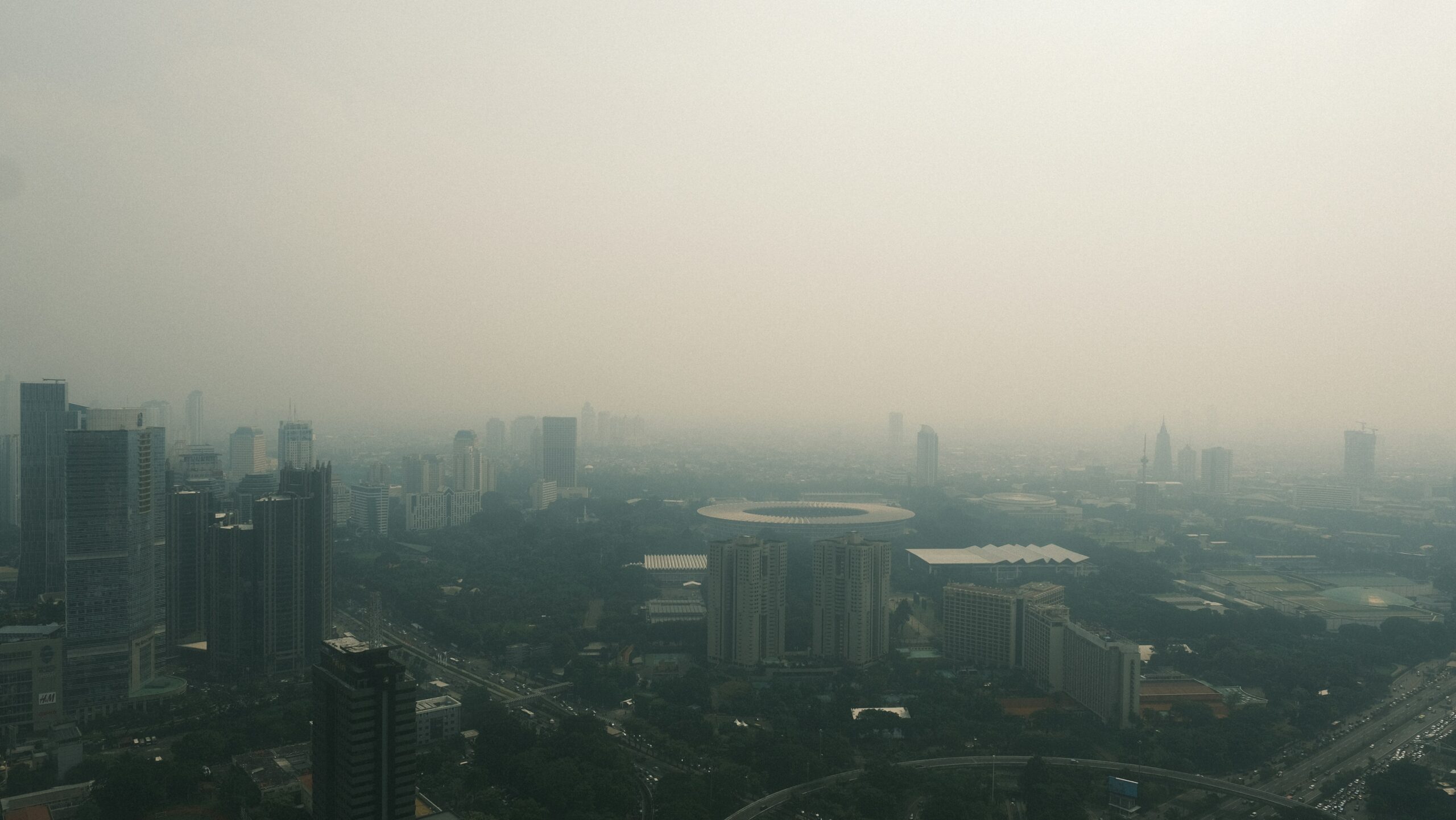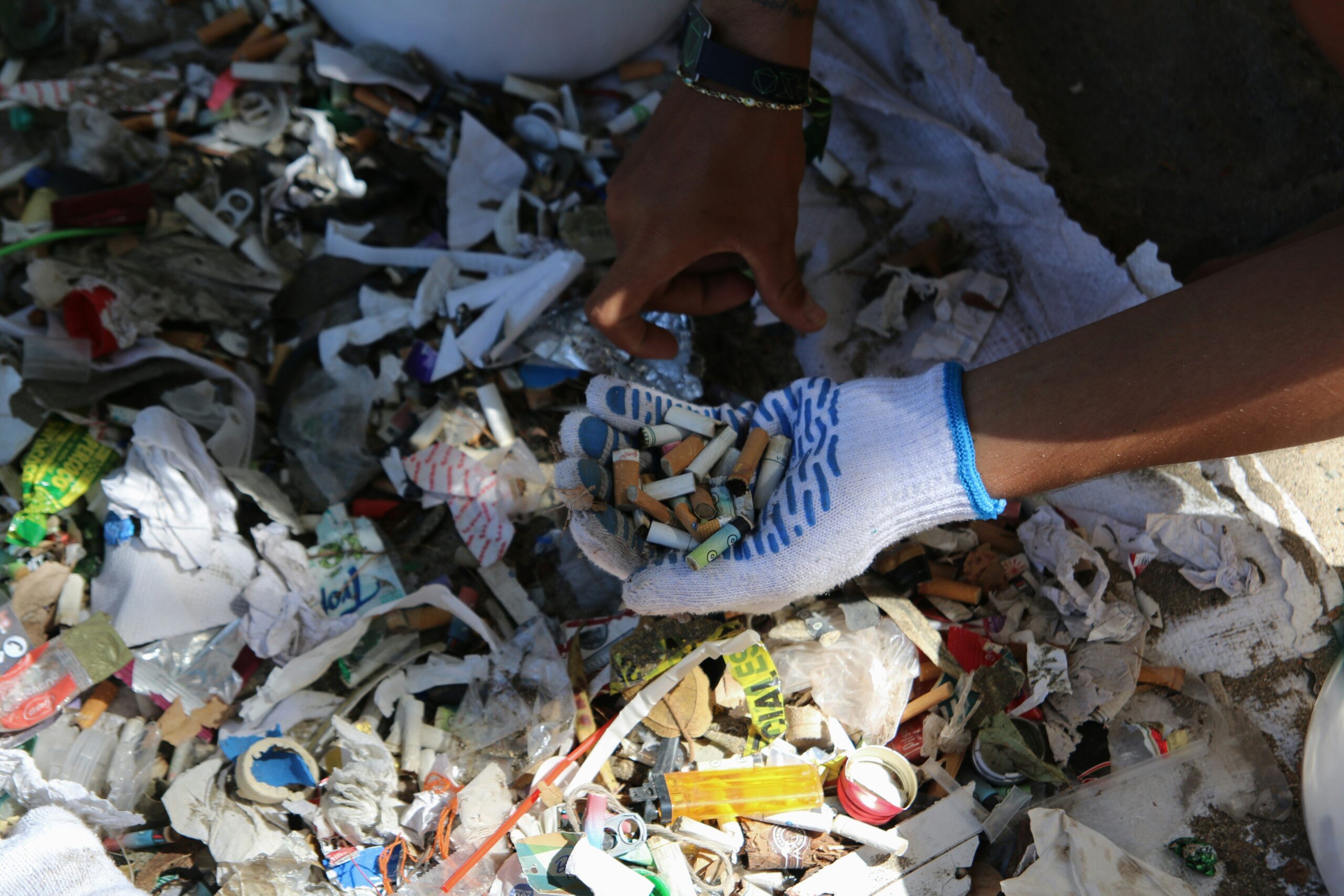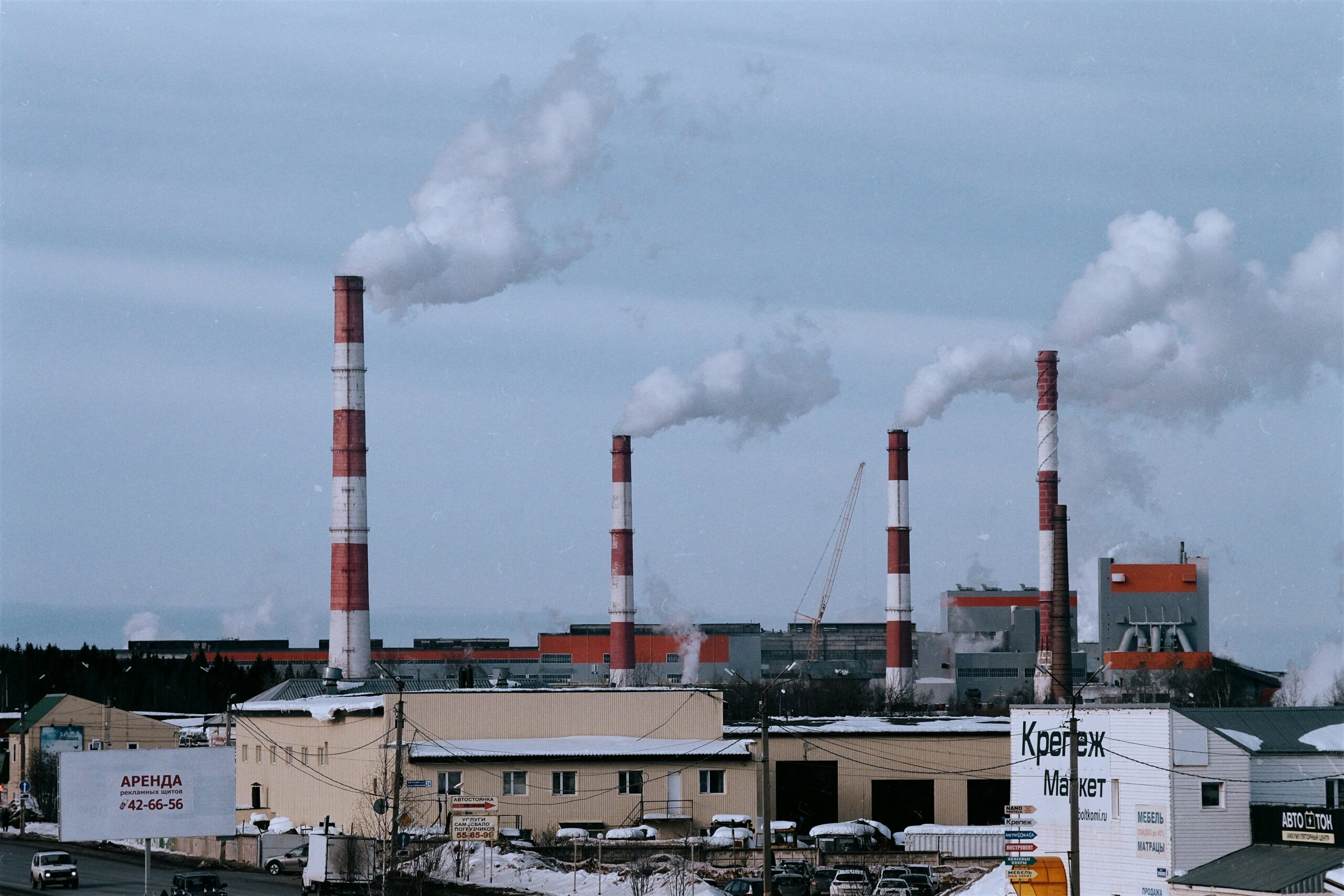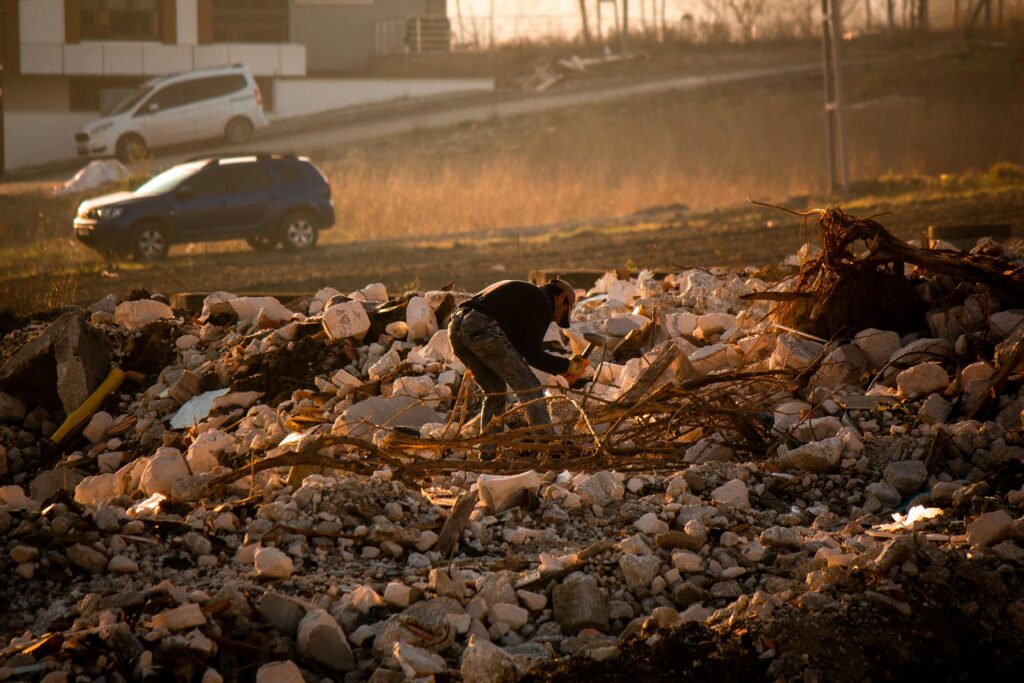Ever wondered what you’d do if a toxic spill on your property left you staring at a $100,000 environmental cleanup cost? Yeah, us too. The truth is, pollution-related disasters aren’t just for big corporations—homeowners and small businesses can face hefty bills too.
In this guide, we’ll cover why environmental cleanup costs matter, how pollution insurance can save the day, and actionable steps to protect yourself financially. You’ll learn:
- What environmental cleanup cost really means.
- A step-by-step plan to assess your risk.
- Pro tips to get the best pollution insurance deal.
- Real-life examples of costly cleanups—and how they were handled.
Table of Contents
- Key Takeaways
- What Are Environmental Cleanup Costs?
- How to Assess Your Pollution Risk
- Tips for Choosing Pollution Insurance
- Case Studies: Real-Life Examples
- FAQs About Pollution Insurance
- Conclusion
Key Takeaways
- Environmental cleanup costs can spiral into six figures due to legal fees, remediation work, and penalties.
- Pollution insurance acts as a financial safety net against unexpected contamination risks.
- Risk assessments are crucial before investing in coverage tailored to your needs.
- You don’t need a massive budget to secure affordable yet effective insurance plans.
What Are Environmental Cleanup Costs?
Let’s talk dirty business—environmental cleanup costs refer to the money required to restore an area after hazardous materials contaminate it. These pollutants could include oil spills, chemical leaks, asbestos exposure, or even old landfill waste surfacing years later (yikes).

“I once ignored a strange smell coming from my basement… until inspectors found traces of industrial chemicals leftover from the previous owner. Spoiler alert—it wasn’t cheap to fix.”
This is where things get ugly fast:
- Remediation processes like soil excavation or groundwater treatment.
- Fines imposed by regulatory bodies for violating environmental laws.
- Legal battles over who pays when contamination spreads beyond your property.
Optimist You: “At least these disasters rarely happen!”
Grumpy You: “Yeah, tell that to Flint, Michigan.”
How to Assess Your Pollution Risk
Step 1: Know Your Location’s History
If your home sits on former farmland treated with pesticides or near factories, red flags should go up immediately. Historical land-use data can reveal nasty surprises waiting beneath the surface.
Step 2: Evaluate Current Activities
Running a car repair shop? Storing chemicals in your garage? Even seemingly harmless hobbies like woodworking can expose you to potential liabilities.
Step 3: Consult Professionals
Hire an environmental consultant to conduct a Phase I Environmental Site Assessment (ESA). Think of them as detectives sniffing out contamination clues. Sounds pricey, sure—but not compared to footing environmental cleanup costs yourself!

Tips for Choosing Pollution Insurance
Tip #1: Tailor Coverage to Your Needs
No one-size-fits-all here. For instance, dry cleaners might need policies focusing on solvent spills, while construction companies require broader site liability.
Tip #2: Shop Around
Compare quotes from multiple insurers. Some specialize in niche markets like pollution insurance, offering better rates than general providers.
Tip #3: Terrible Tip Alert!
Skip reading the fine print because *obviously* no one has time for that… Said no sane person ever. Seriously, people—read every line so you know exactly what’s covered.
Tip #4: Ask About Retroactive Dates
This clause specifies whether pre-existing conditions discovered after purchasing the policy will be covered. If missing, consider switching providers ASAP.

Case Studies: Real-Life Examples
Case Study #1: Small Business Nightmare
A family-owned gas station in Ohio leaked fuel into nearby soil, triggering a $75,000 cleanup bill. Luckily, their pollution insurance kicked in, covering most expenses except a $5,000 deductible.
Case Study #2: Homeowner Horror Story
In California, a couple bought their dream house only to discover buried industrial drums during renovation. Their lack of pollution insurance meant paying tens of thousands out-of-pocket for remediation.
FAQs About Pollution Insurance
Q: Is pollution insurance worth the investment?
Absolutely. Just one incident can bankrupt individuals or businesses without adequate protection.
Q: Can homeowners get pollution insurance?
Yes! Many providers offer tailored solutions specifically designed for residential properties.
Q: What does pollution insurance typically cover?
It usually includes cleanup costs, third-party claims, legal defense fees, and fines related to pollution incidents.
Conclusion
Navigating environmental cleanup costs isn’t easy—but pollution insurance gives you peace of mind knowing you’re prepared for the worst. By understanding your risks, shopping wisely, and learning from others’ mistakes, you can avoid turning a minor mishap into a major meltdown.
Final thought: Remember, like any good ‘90s Tamagotchi pet, your finances need daily TLC to thrive. Protect them now before disaster strikes!
Oil spilled, soil cries loud, Cleanup bills loom large—wait! Insurance shields the blow.


